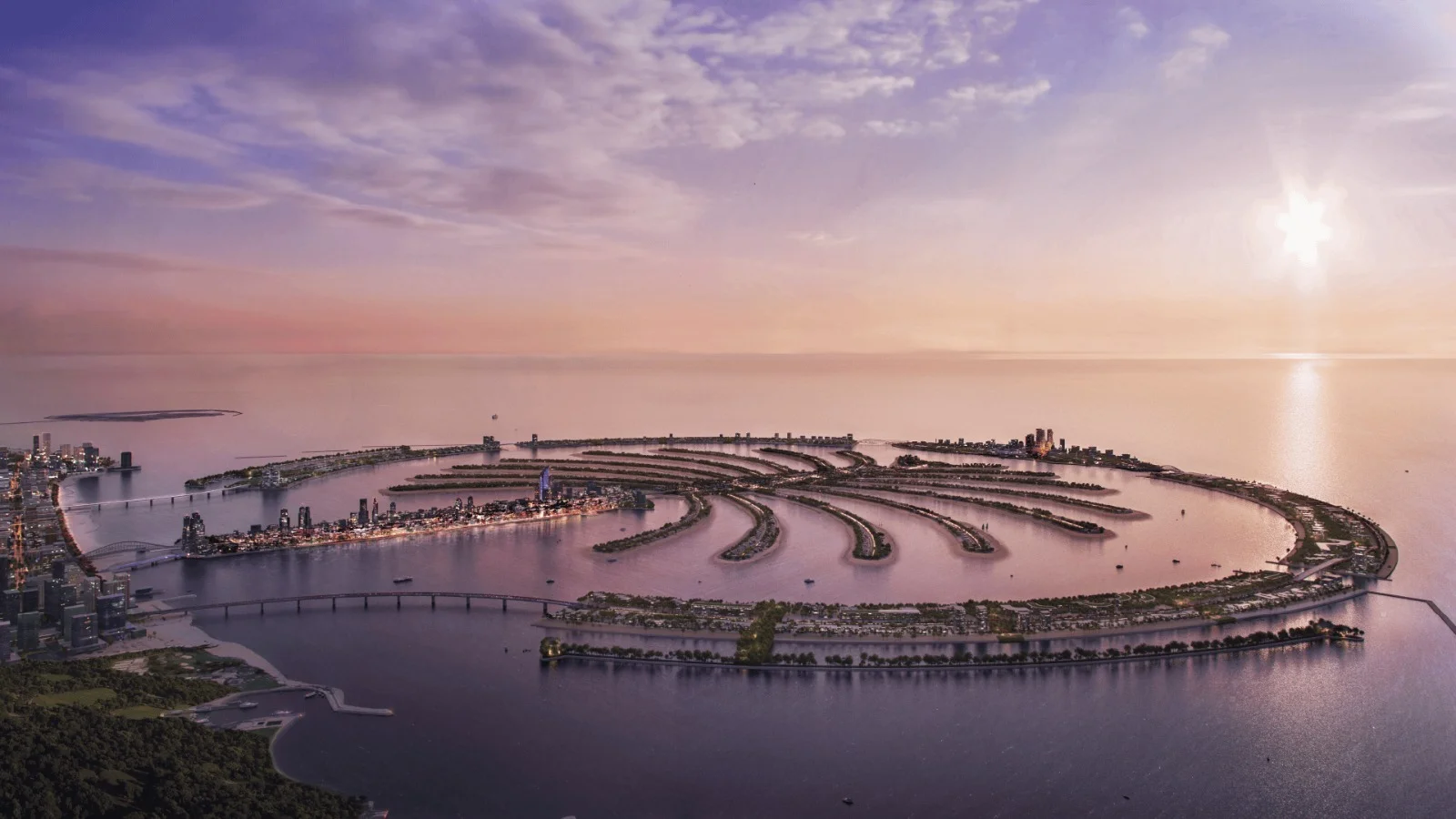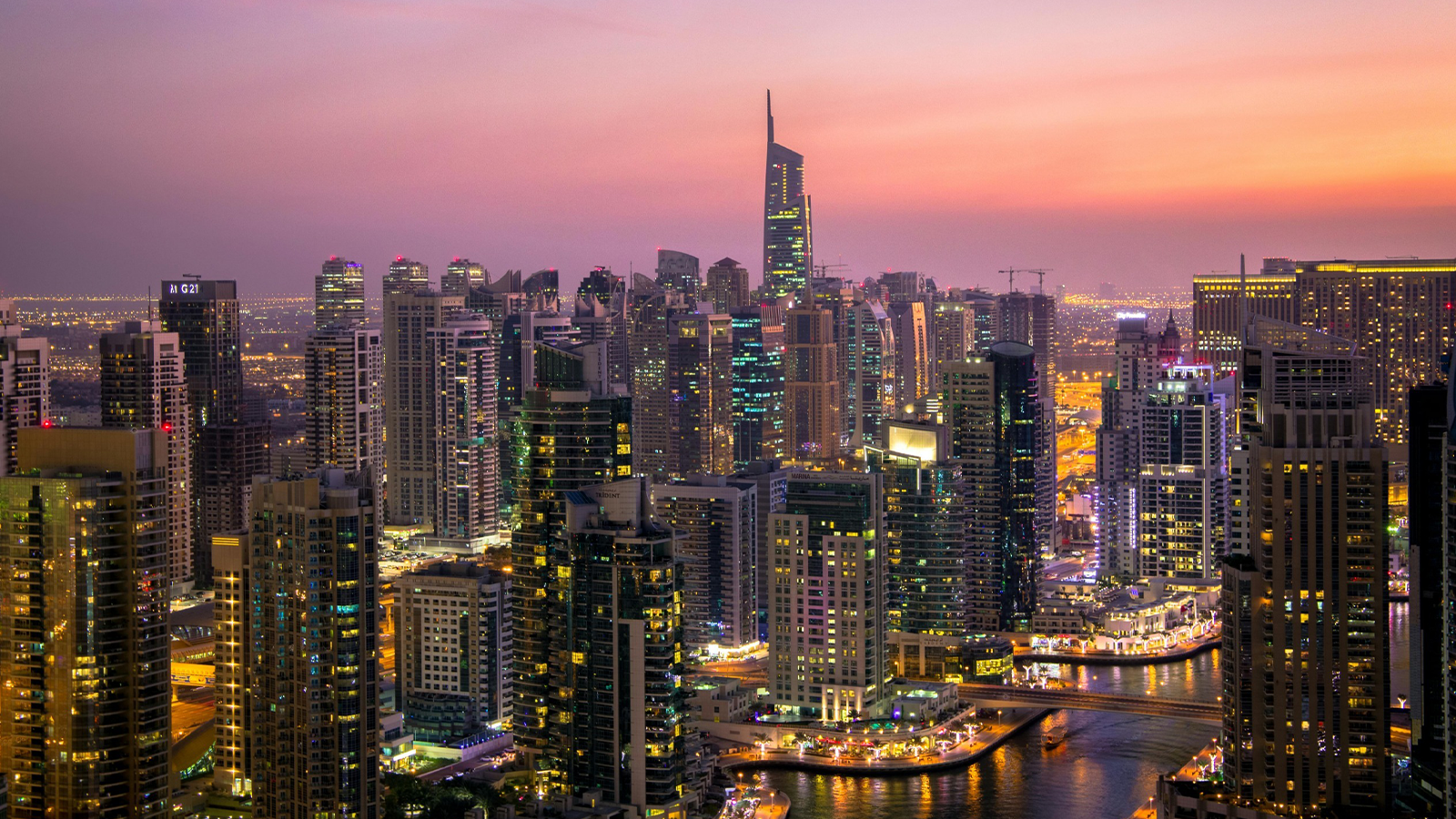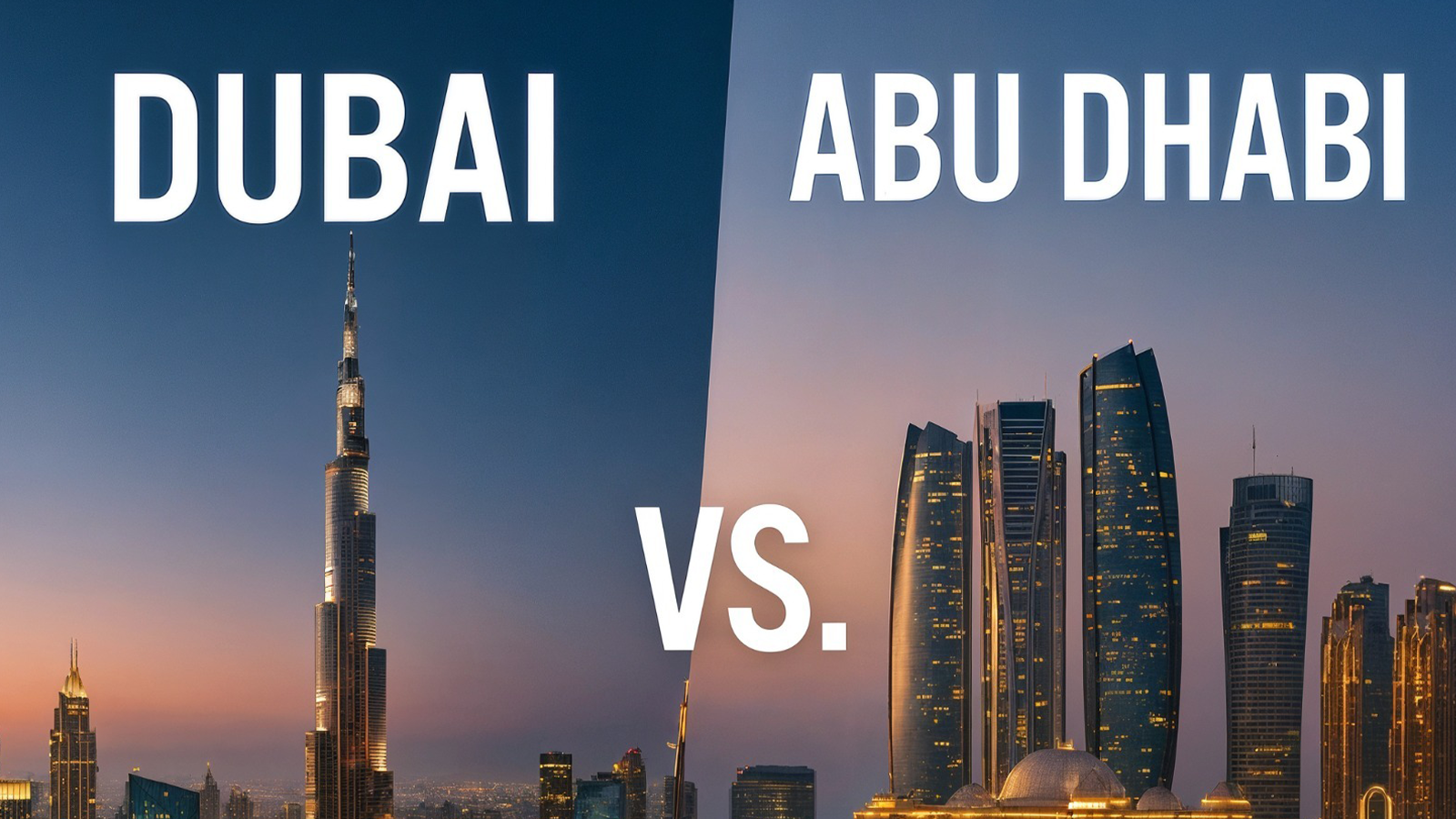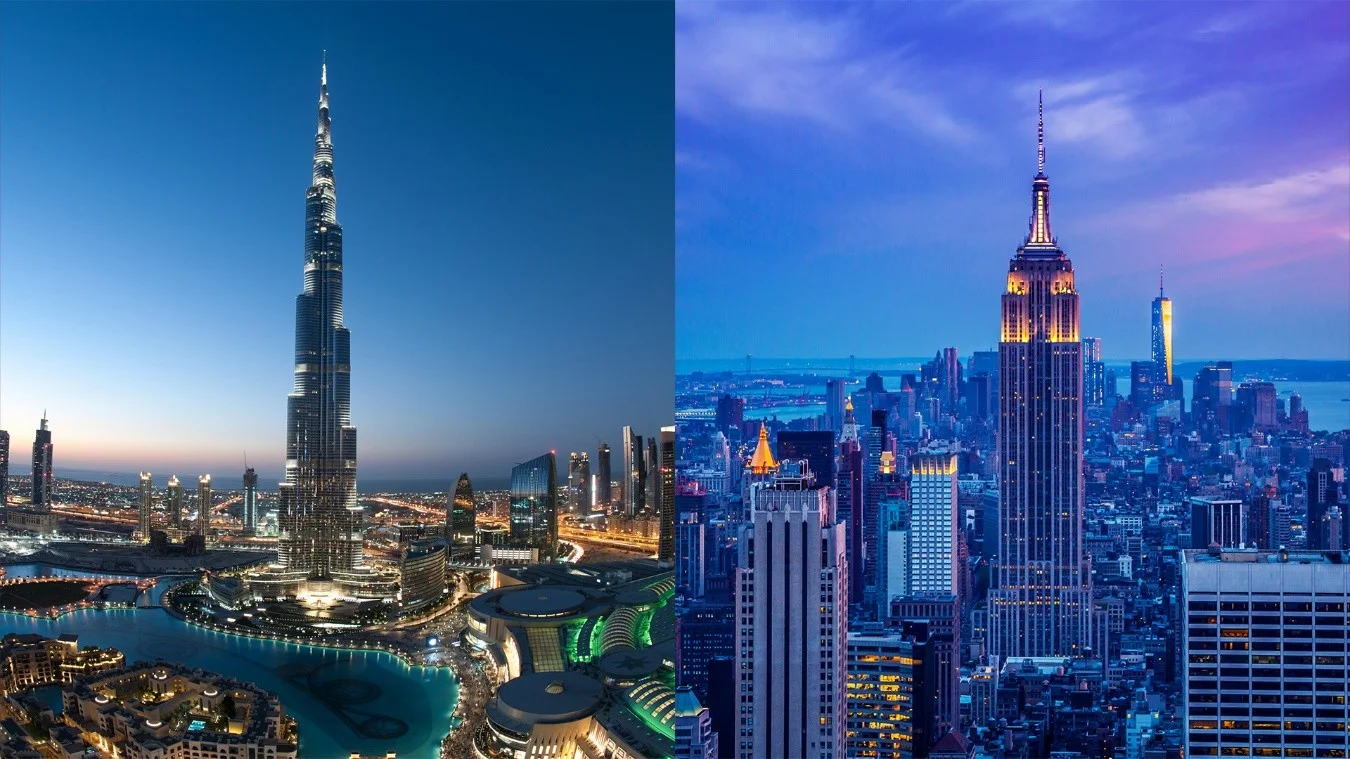Why Dubai Built Islands
1. The Bold Vision: Why Dubai Built Islands 🌴
Starting in the early 2000s, Dubai embarked on an ambitious plan to expand its coastline. With only about 67 km of natural shoreline, the city aimed to add hundreds more through reclamation—creating iconic developments like Palm Jumeirah, Palm Jebel Ali, Deira Islands, The World, and Bluewaters
This effort was part of a grand strategy led by Sheik Mohammed bin Rashid Al Maktoum to diversify the emirate’s economy away from oil—including tourism, luxury real estate, and global investment appeal
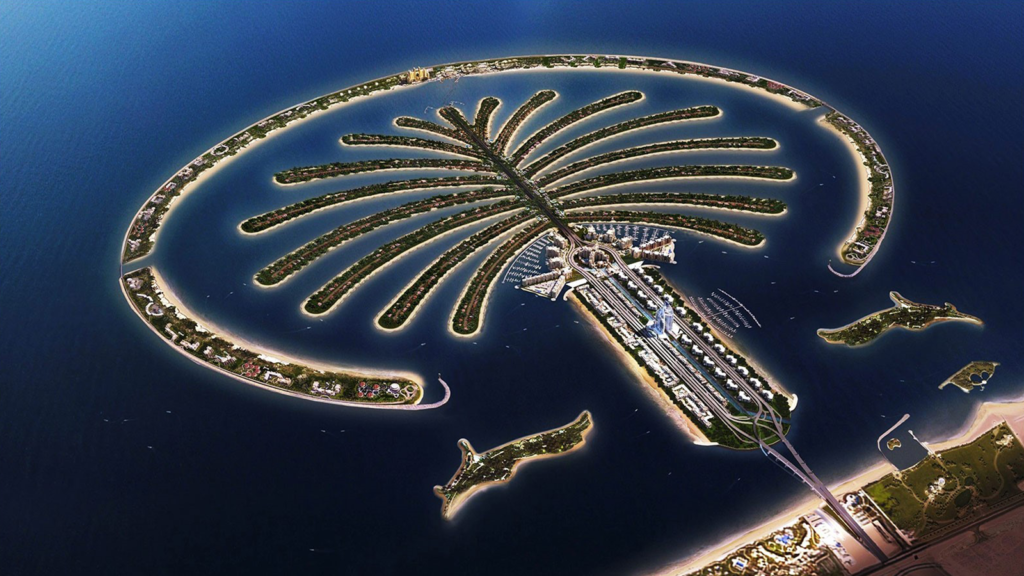
2. Major Developments and Engineering at Scale
Palm Jumeirah
Construction began in 2001 using sand dredged from the seabed and rock from quarries—no concrete or steel was used in forming the islands
The palm-shaped layout includes a trunk, 17 fronds lined with villas, and an outer crescent serving as a breakwater protecting the structure from waves
Today, it supports luxury hotels, residences, and attracts over 25,000 residents.
Palm Jebel Ali & Deira Islands
Palm Jebel Ali—50% larger than Jumeirah—was planned as an entertainment hub with parks and marinas. Construction began in 2002 but stalled during the 2008 crisis; it has recently resumed under a new vision to add around 80 hotels
Deira Islands (formerly Palm Deira) was projected to be even larger than Jumeirah but remains largely undeveloped; plans were scaled down and delayed until recently.
The World Islands
Conceived in 2003, The World is an archipelago of about 300 islands arranged to mimic Earth’s continents. Each island corresponds to a country, covering approximately 9 km by 6 km and adding 232 km of coastline. Construction involved dredging over 320 million cubic meters of sand and 386 million tons of rock, executed by Dutch firms Van Oord and Boskalis—the same teams behind Palm Jumeirah.
Most islands were sold pre-crash, but development halted in the 2008 financial crisis. Progress resumed gradually post‑2012, with notable developments like “The Heart of Europe” and resorts on Lebanon, Taiwan, and parts of Europe
3. From Ambition to Reality: Timeline Highlights
Phase |
Key Milestones |
|---|---|
|
2001-2003 |
Palm Jumeirah and Jebel Ali launched; The World concept announced. |
|
2006–2007 |
Reclamation nearly complete; Schumacher given an island; sales of island lots begin. |
|
2008 Financial Crisis |
Real estate collapse halts progress on many projects. Most lots remain undeveloped. |
|
2012–2014 |
Renewed interest leads to Heart of Europe development on several islands, road connectivity discussions, and legal settlements that restart progress |
|
Recent resurgence |
High-end villas planned on World Islands (e.g. Uruguay & São Paulo), with new beach clubs, helipads, and sail‑in marinas; 19 of 24 villas already sold at $13M+ each. |
4. Living on the Sea: Exclusive Real Estate
What truly brought attention back was the release of ultra‑luxury residences—24 beachfront villas across select islands targeting ultra‑high‑net‑worth individuals. These properties boast expansive layouts (~22,500ft²), private marinas, pools, floating amenities, teppanyaki bars, spa, cigar lounge, and helicopter landing pads. Residence-only clubs and water-sports facilities complete the vision of floating luxury living.
Residents would commute exclusively by boat due to lack of conventional infrastructure—emphasizing exclusivity and seclusion.
5. Environmental & Engineering Challenges
Ecological Impact
Building islands alters natural currents and wave patterns, leading to erosion, sediment shifts, and destruction of coral reefs—raising concerns among environmental researchers and policy watchdogs
Maintenance & Stability
Reports suggest ongoing issues like the gradual sinking of reclaimed land, shoreline degradation, and algal blooms in lagoons—calling into question the long-term sustainability of building on shifting sands.
6. The Future: Dubai’s Coastal Master Plan
Renewed Development and Tourism
Renewed investor interest is fueling a revival: Palm Jebel Ali is targeted to house 80 new hotels; Dubai Islands (formerly Deira / Palm Deira) is also ramping up with similar capacity goals.
Large-scale public projects like Jebel Ali Beach will elevate public access and integrate environmental zones like turtle sanctuaries into urban planning—reflecting Dubai’s ambition to balance ultras with public use space.
Evolving Infrastructure
Proposals include connecting inner islands via roads, marinas, and integrated transport systems to bring World Islands more in line with the rest of the city—reducing isolation.
7. Reflections: Lessons from an Era of Megabuilding

Visionary Innovation
Dubai’s island projects symbolize limitless ambition—transforming seabed into high-end real estate, with global appeal unrivaled anywhere else.
Risk and Volatility
The 2008 financial crash showed the fragility of speculative development: massive land banks remained unused for years, highlighting the risks in building before demand is stable.
Ecological Tradeoffs
While the architectural achievements are undeniable, so are the environmental costs. Reclamation disrupted marine ecosystems and continues to require monitoring and mitigation efforts.
Conclusion
Dubai’s man‑made coastline, born from audacious vision, engineering might, and a willingness to defy natural limits, turned sand and sea into luxury living and global spectacle. These islands—Palm Jumeirah, Palm Jebel Ali, Deira Islands, The World, and Bluewaters—are not just backdrops but ambitious statements: of what real estate, engineering, and imagination can achieve.
Though hampered by setbacks in 2008, recent developments have revived investor confidence. Ultra‑luxury residences, massive hospitality plans, and public coastal regeneration signal a second era. This next phase looks to balance exclusivity with sustainability, enabling new forms of living while confronting demands on fragile marine environments.
What was once a desert with minimal coastline is now a symbol of reclaimed ambition—an engineered frontier where people now can live on water. The video opens this chapter in seconds; together, these insights explain why Dubai remains at the cutting edge of architectural fantasy turned reality.
Video Link: https://www.youtube.com/shorts/n6TSC0McPfM
Recent Posts
Table of Contents
Related Articals
